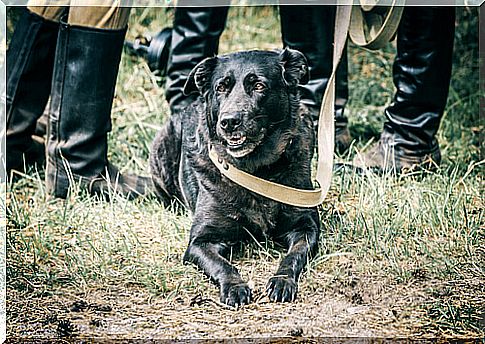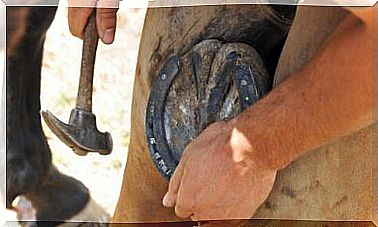How We Finished With The Giant Alca

The giant auk is a little-known species of seabird, and its low reputation is due to its extinction in the early 19th century. However, its history reminds us of the reality that endangered animals are approaching. This bird was the largest member of the alcidos, a group of seabird species, which still has representatives such as the common auk.
The auks and the rest of the alcids resemble the penguins, but this is because they have evolved in a convergent way ; that is, they are distant relatives whose similarity is due to the similar ecosystem in which they have evolved. In fact, penguins are never found in the Northern Hemisphere, where we do have alcids.
The giant auk was an animal that approached one meter in height and weighed five kilograms and, similar to penguins, its fur was black and white. In addition, its legs were webbed and its beak was very robust, which it used as a spear to impale the fish it consumes. Like penguins, they were unable to fly, practiced monogamy, and incubated eggs on cliffs.
The giant auk, an easy prey for man
When the giant auk was discovered, it was mistaken for a penguin by the British. The giant auk inhabited much of the northern hemisphere, and lived in many European countries and in North America. It even inhabited regions like Florida or Gibraltar.
Although the auk is a very skilled animal in the water, it is very clumsy on land. This caused it to become extinct for millennia in those places where human activity arrived.
Numerous remains have been found showing their hunting in the Paleolithic, including tombs with more than a hundred peaks. It is believed that this animal became extinct in Europe around the 16th century, and in America in the late 18th century, with which the species was relegated to Iceland.
Iceland, last territory of the alca
It was then that it became a coveted prey for sailors docking in Iceland, especially during the Napoleonic Wars. There, two ships docked that hunted hundreds of auks and, 20 years later, an earthquake would destroy one of its natural sanctuaries: the island of Geirfuglasker, which would be sunk in the ocean.
The surviving auks of the Geirfuglasker seismic disaster migrated disoriented: one even turned up dying off the coast of Ireland. The island of Eldey, a piece of inert rock famous for its colonies of seabirds, became the last home of this species. But this would not last long, as its scant presence made it become a collector’s animal.
The giant auk, a collector’s item
Collectors of skins, bones and other parts of animals from distant countries, began to be interested in the alca. Their eggs began to become a luxury object, and their price reached the equivalent of a year’s salary, which caused poaching to cease in 1840, as no more auks were sighted for years.
Four years later, Carl Siemsen sent three men to Eldey to verify that it was true, as large sums were offered for auk in Denmark. These three men ended up with the last couple on record, which they found incubating an egg on a cliff.
Today you can find stuffed eggs and animals in hundreds of museums, however, we will never see this animal alive again. Or if? Certain research groups advocate reviving extinct animals, including the alca. Without a doubt, this would be great news for the Arctic ecosystem, which has been left without one of its most unique animals.
It might interest you …
Image source: Ghedoghedo










